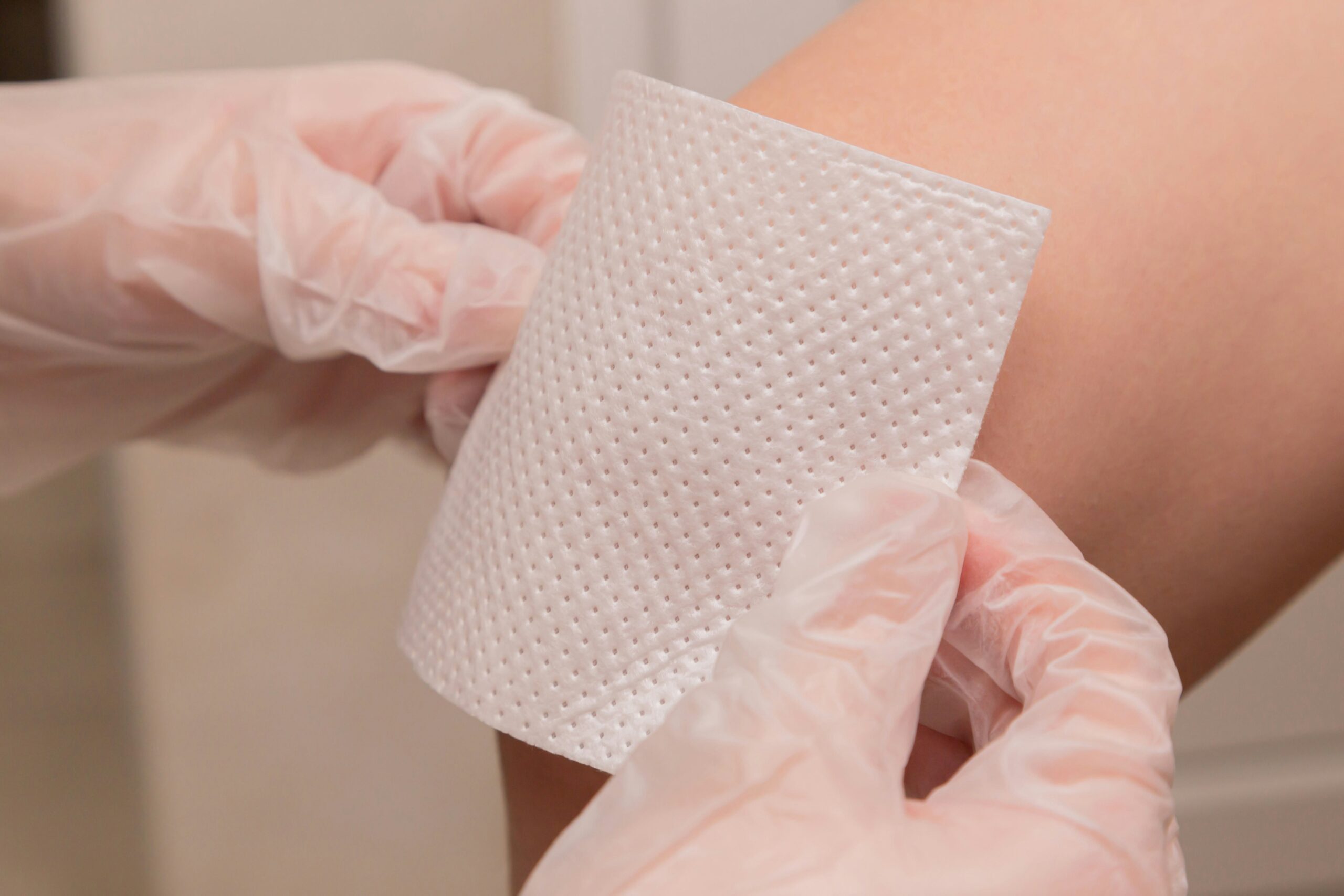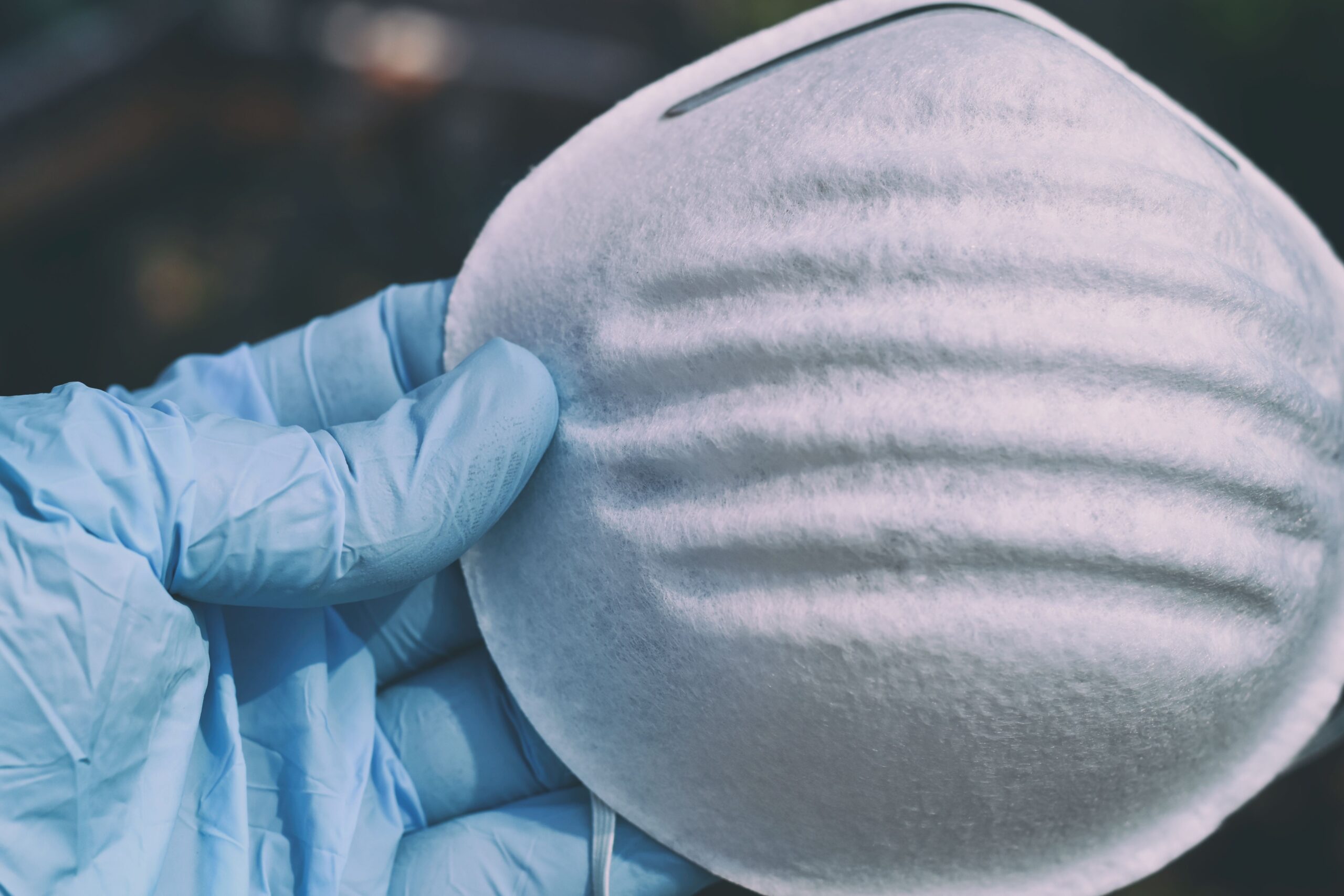Nanofiber’s Impact on the Medical and Healthcare Industry
In the dynamic landscape of the Medical and Healthcare industry, nanofiber technology stands as a revolutionary force, ushering in transformative advancements that redefine patient care, medical treatments, and the development of innovative healthcare solutions. From enhanced drug delivery to cutting-edge wound care, nanofiber’s unique properties are shaping a new era of precision, efficiency, and improved outcomes.
- Antimicrobial Textiles and Apparel:
Nanofiber materials can be integrated into textiles and apparel used in healthcare settings. These antimicrobial fabrics help create a more hygienic environment, minimizing the risk of infections and providing an added layer of protection for both patients and healthcare professionals.
- Tissue Engineering and Regenerative Medicine:
Nanofiber scaffolds play a pivotal role in tissue engineering and regenerative medicine. Whether creating artificial organs or assisting in the regeneration of damaged tissues, nanofiber structures provide a biomimetic framework that supports cellular growth and regeneration.
- Respiratory Protective Equipment:
Nanofiber materials enhance the filtration efficiency of respiratory protective equipment, such as masks. These materials provide superior protection against airborne particles, including viruses and bacteria, contributing to infection control in healthcare settings and beyond.
- Artificial Organs and Prosthetics:
Nanofiber technology contributes to the development of artificial organs and prosthetics with enhanced biocompatibility and functionality. This includes advancements in creating artificial skin, blood vessels, and other components critical for improving the quality of life for patients.
- Advanced Wound Care:
Nanofiber-based dressings provide a conducive environment for wound healing. These dressings offer superior moisture retention, breathability, and the ability to mimic the extracellular matrix, promoting faster and more efficient wound recovery while reducing the risk of infection.
- Drug Delivery Systems:
Nanofiber matrices are utilized for precise drug delivery, ensuring controlled release and targeted therapy. This technology enhances the efficacy of pharmaceuticals, reduces side effects, and opens avenues for personalized medicine approaches in treating various medical conditions.
- Diagnostics and Biosensors:
Nanofiber-based biosensors enable highly sensitive and specific detection of biomarkers, contributing to advanced diagnostic tools. These biosensors can be employed for the early detection of diseases, monitoring treatment progress, and enhancing point-of-care testing.
- Surgical Implants and Devices:
Nanofiber materials are utilized in the development of surgical implants and devices. From orthopedic implants to cardiovascular stents, nanofiber structures offer biocompatibility, durability, and the potential for enhanced integration with the body’s natural tissues.
As the Medical and Healthcare industry continues to evolve, nanofiber technology stands as a cornerstone of progress. From revolutionizing wound care to advancing drug delivery, diagnostics, and regenerative medicine, nanofiber’s impact resonates across the entire healthcare spectrum. In the journey toward a healthier tomorrow, nanofiber paves the way for innovations that not only improve patient outcomes but also redefine the possibilities of medical science.





